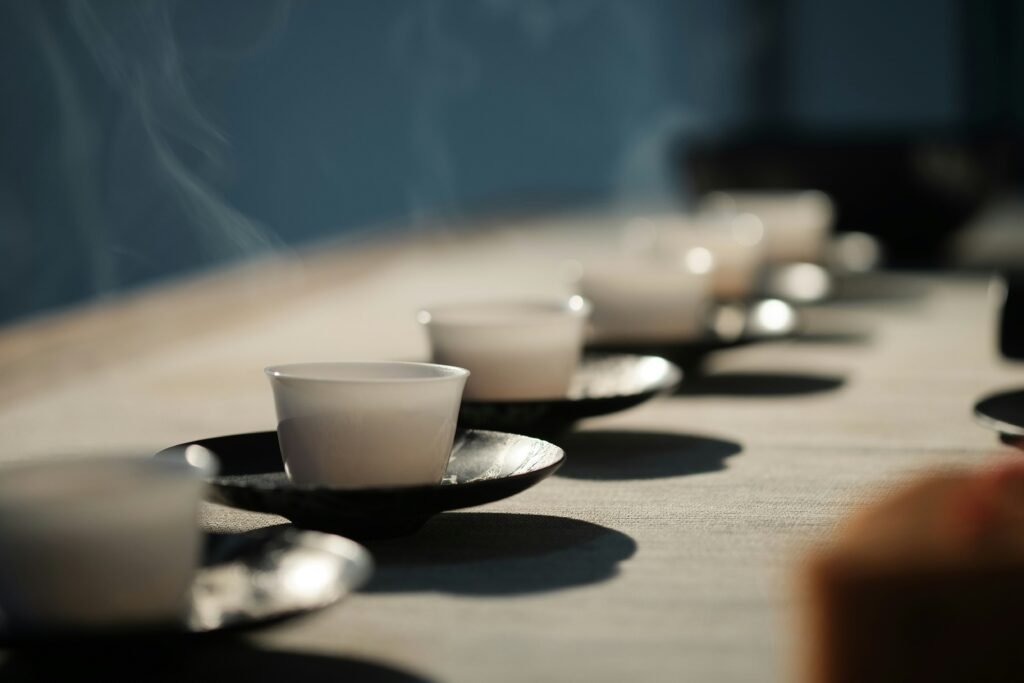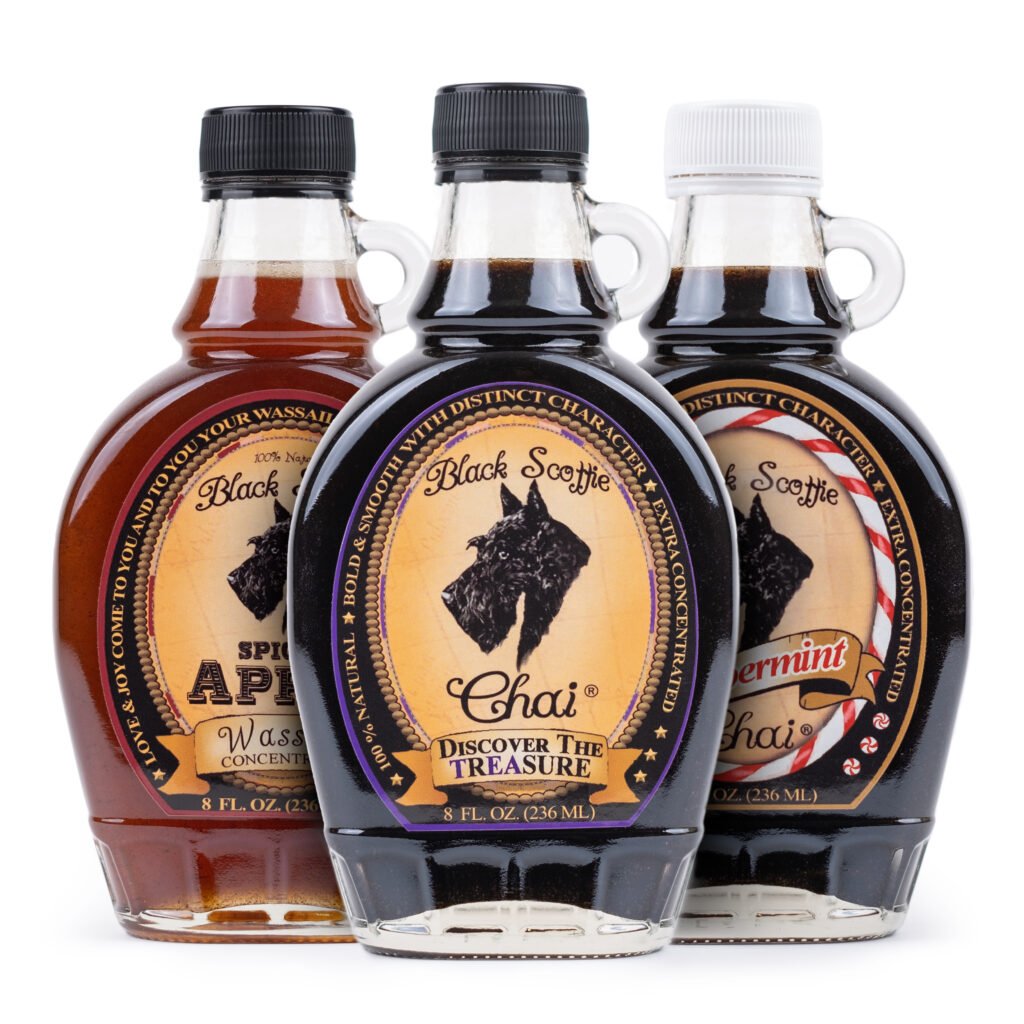Flavorful Foundations: Dip into the Categories of Tea
Chai. A comforting blend of spices and tea, it’s a beverage that has warmed hearts and souls for centuries. But chai is just one small facet of the vast and intricate world of tea. There are countless varieties, flavors, and categories of tea, each with its own unique story to tell. Let’s embark on a journey to explore the different categories of tea and discover what sets them apart.
The Six Main Categories of Tea

At its core, all tea comes from the Camellia sinensis plant. However, the way these leaves are processed determines the type of tea it becomes. There are six primary categories of tea: white, green, oolong, black, pu-erh, and yellow.
- White Tea: The most delicate of all teas, white tea is minimally processed. The leaves and buds are simply dried, resulting in a tea with a subtle, sweet flavor. White tea is rich in antioxidants and has a lower caffeine content than other tea types.
- Green Tea: Made from the same leaves as black tea, green tea undergoes a different processing method that prevents oxidation. This process preserves the tea’s bright green color and grassy flavor. Green tea is renowned for its potential health benefits, including improved brain function and weight loss.
- Oolong Tea: This category of tea falls somewhere between green and black tea in terms of oxidation. The leaves are partially oxidized, resulting in a complex flavor profile that combines elements of both green and black tea. Oolong tea is often described as having a floral or fruity aroma.
- Black Tea: The most commonly consumed tea in the world, black tea is fully oxidized, giving it a strong, bold flavor. Black tea is the base for many popular tea blends, including English breakfast and Earl Grey.
- Pu-erh Tea: A unique type of tea that undergoes a fermentation process, pu-erh tea can be aged for many years, developing a rich, earthy flavor. It is often considered a prized possession among tea connoisseurs.
- Yellow Tea: This rare and delicate tea is similar to green tea but undergoes a longer drying process, resulting in a mellow, sweet flavor. Yellow tea is not as widely available as other tea categories.
Beyond the Basics: Other Categories of Tea

While the six main categories encompass a vast array of teas, there are other types that deserve mention. Herbal teas, for instance, are not technically tea as they don’t contain Camellia sinensis leaves. Instead, they are made from a blend of herbs, flowers, and fruits. Popular herbal teas include chamomile, peppermint, and rooibos.
Another category to consider is blended teas. These teas combine different types of tea leaves, flavors, and sometimes even other ingredients like spices or fruit. Chai, for example, is a blend of black tea, milk, and a variety of spices. Black Scottie Chai offers a delightful range of chai mixes that cater to different taste preferences.
The Impact of Terroir on Tea Flavor
Just like wine, the terroir – the combination of soil, climate, and altitude – significantly influences the taste of tea. Teas grown in different regions can exhibit distinct flavor profiles. For instance, teas from the mountainous regions of China often have a delicate, floral character, while Indian teas tend to be bolder and more robust.
A World of Tea Awaits

Understanding the categories of tea is just the beginning of your tea journey. There’s a vast world of flavors and experiences waiting to be discovered. So, the next time you enjoy a cup of chai or any other type of tea, take a moment to appreciate the complex process that brought it to your cup. What category of tea will you explore next?

